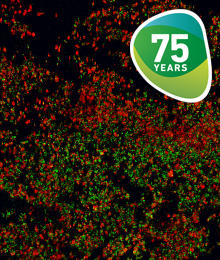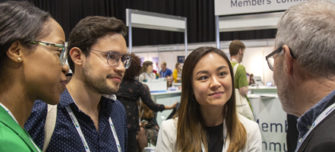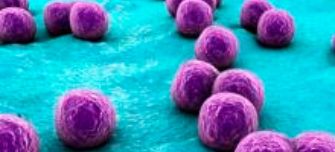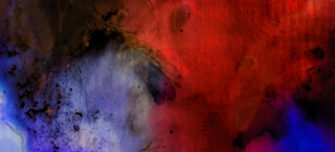The world of biofilms

Biofilms are communities of micro-organisms that stick to each other and to surfaces. Biofilms are all around us, from the slime on rocks in streams (even in hot springs), to washing machines, to our own bodies, for example the dental plaque on our teeth.
The composition and architecture of biofilms are complex and diverse. They may consist of one microbial species or mixed species (e.g. bacteria and fungi) – although at present the majority of research focuses on single and multi-species bacterial biofilms – and these act as an organised community, sharing resources for growth and survival.
Biofilm formation greatly enhances the survival of micro-organisms, providing structural support as well as protection from surrounding threats such as antimicrobials, grazing predators and the immune responses of a host as it fights infections.
Why do biofilms matter to microbiology?
Biofilm infections are estimated to be responsible for up to 80% of all infections in humans and animals, posing a major health challenge. These infections can occur on the body, delaying wound healing and causing gum disease (periodontitis) within the body, such as in urinary tract infections or in cystic fibrosis lung infections and attached to medical devices such as contact lenses, pacemakers and prostheses.
Furthermore, bacteria existing within pathogenic biofilms can be up to 1000 times more resistant to antibiotic treatment than free-floating bacteria, making them a significant cause of treatment failure for infectious disease. There are various mechanisms by which biofilms protect microbes from antimicrobial action. The development of novel treatment strategies to address these, including through the combined use of antimicrobials with therapeutic agents that disrupt biofilms, is an important area of research.
Read more about why the world of biofilms matters to our members and the wider microbiology community; access our resources which detail how far we have progressed in our efforts to eradicate disease; and continue to read more about why understanding bacteria matters to microbiology as we explore bacteria in industry.
-
Microbiologists working in this area
To celebrate our 75th anniversary in 2020, we invited microbiologists to nominate the discovery or event that best showcases why microbiology matters and helps us demonstrate the impact of microbiologists past, present and future. Learn more about microbiologists working in the world of biofilms.
-
Resources and further reading
Discover more about how and where dangerous bacteria exist, find out how scientists have managed to visualise communities of bacteria in the human mouth and learn more about the simple methods we can use to stop bacterial communities building around us.
-
Bacteria in industry
Often, the first thing that comes to mind when we think about microbes in the built environment are damage, decay, discolouration and staining to building materials and their surfaces. What we often don’t consider is their ability to act as bioengineers. We will explore how bacteria have been successfully used on an industrial scale to prompt expansion into more diverse areas.
Image credits:
Live dead biofilm. Dr Chloe JamesDr_Microbe/iStock
Stephen Garrett





